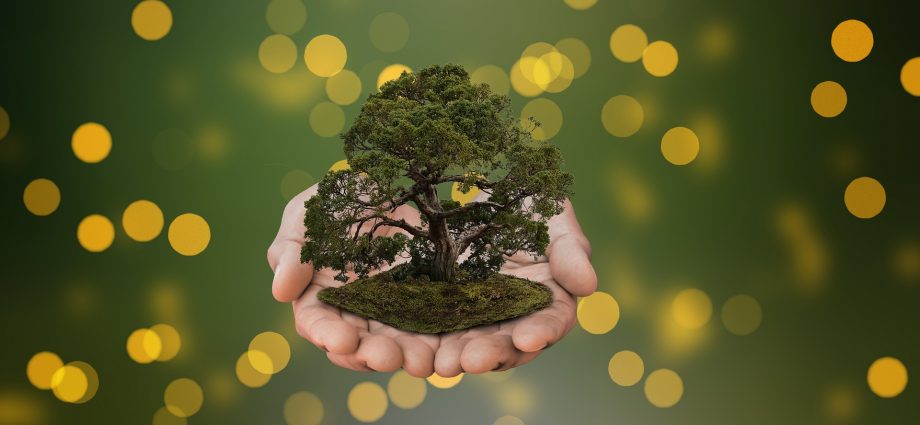Miniature Tree Art: Bonsai
Bonsai are stunted trees growing in a container. It is a combination of the words “bon” (plate) and “sai” (tree). It has a maximum length of 70cm.
The goal of a bonsai artist is to make us believe that we are looking at a miniature of an old tree found in nature. When you look at the miniature tree, if you feel that you are next to a tree you want to sit under, the Miniature Tree artist has succeeded.
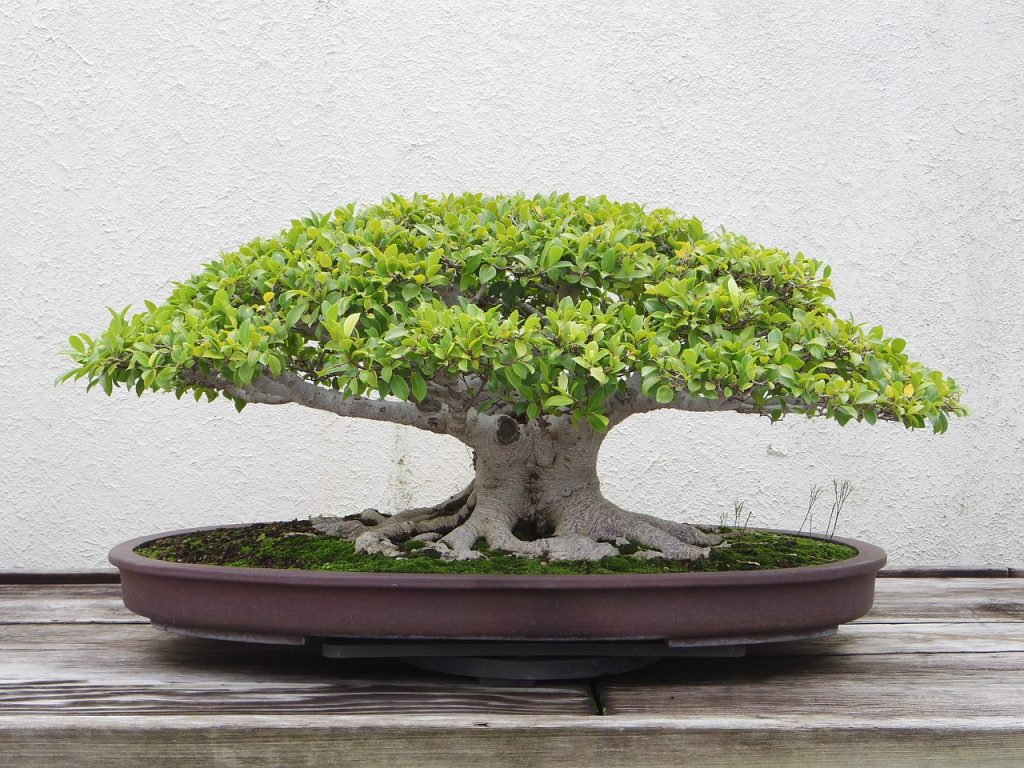
Bonsai Philosophy
A different Eastern philosophy is lived in bonsai care. It is the best example of the harmony between man and nature. The tree, which adapts to the direction the artist gives him, also highlights the artist’s empathy ability.
Their lovers take the time to care for and protect their trees. Thanks to their plant, they listen to the music of the seasons. As they shape their trees, they develop their inner creativity. Growing it is an occupation that requires attention and care. In return for this hard work, the mind is at peace, inner peace is reached and the soul is refreshed.
It is believed that Buddhist monks carried it to Japan in the 10th and 11th centuries because of their religious beliefs. According to their beliefs, the Miniature Tree, “the green staircase that leads to heaven”, became the bridge between God and humans.
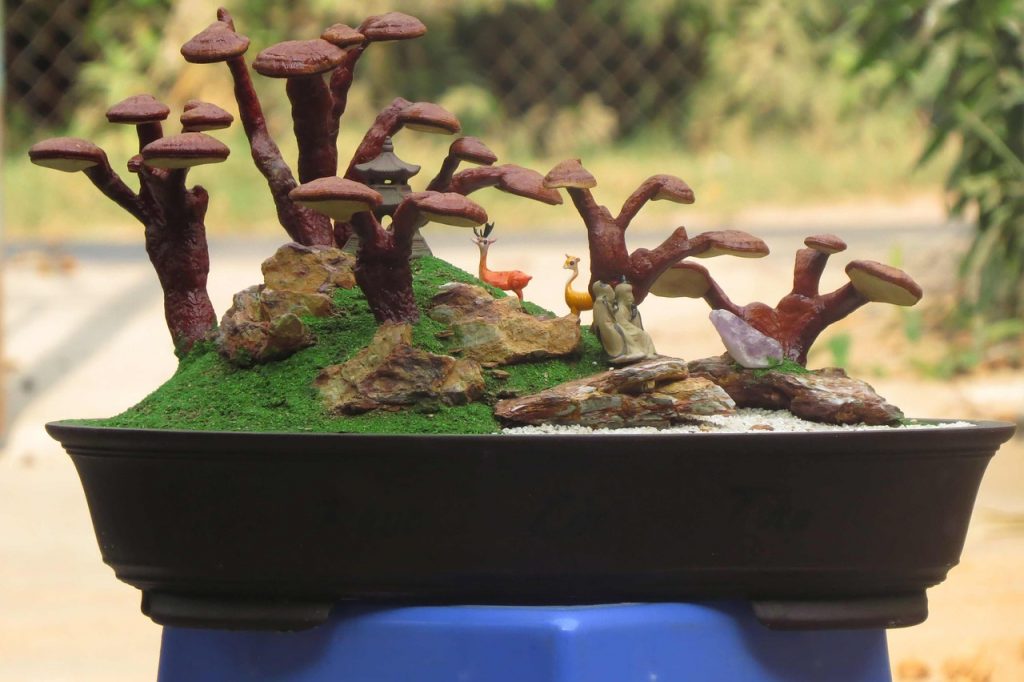
The History of Bonsai
The Chinese were the first to plant miniature trees on plates. Today, the art of it continues its life as a part of Chinese culture. It has a special place in Chinese society as well as in countries outside of China such as Taiwan, Thailand, Hong Kong and Singapore.
Legend has it that during the East China Dynasty, there lived a great magician. The magician named Fei Jiang-Feng had the power to make everything smaller. He could fit mountains, rivers, birds, animals, people, buildings, trees in a small bowl. Those who tried to reach this power started to grow miniature trees, in tiny containers. There was nobody who could make the mountains and seas smaller. But some managed to grow them by developing many techniques.
Another information is that BC. He suggests that in the 200s, landscape architects in China used cultivation techniques to model their garden designs. Ton Guen-Ming retired from government affairs and started to grow chrysanthemums in pots in his new peaceful place. This was the beginning of plants planted in pots and guided trees. 200 years later, we come across pines, cypress, plum trees and bamboo grown in pots from paintings made during the time of T’ang.
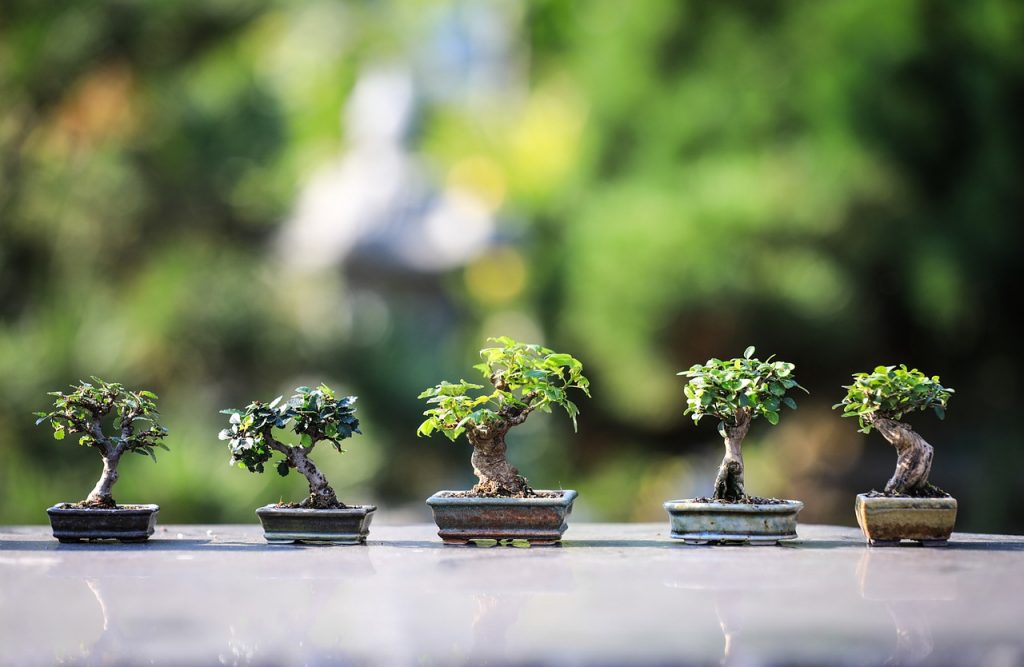
How Did Bonsai Come to Japan?
During the Yuan dynasty (AD 1280-1368), Japanese government ministers and merchants brought them from China as gifts on their return home. In 1644, Chu Shun-sui, a Chinese official, fled from the reign of Manchu to Japan, taking with him the entire collection. One of the biggest reasons for the spread of this art in Japan is that it shares its priceless artefacts and knowledge with Japanese culture.
It was the Japanese, not the Chinese, who introduced the art of miniature trees at the 1878 World’s Fair in Paris and later at the London Fair in 1909. Thus, they protected this art from spoiling and made it a hobby for everyone.
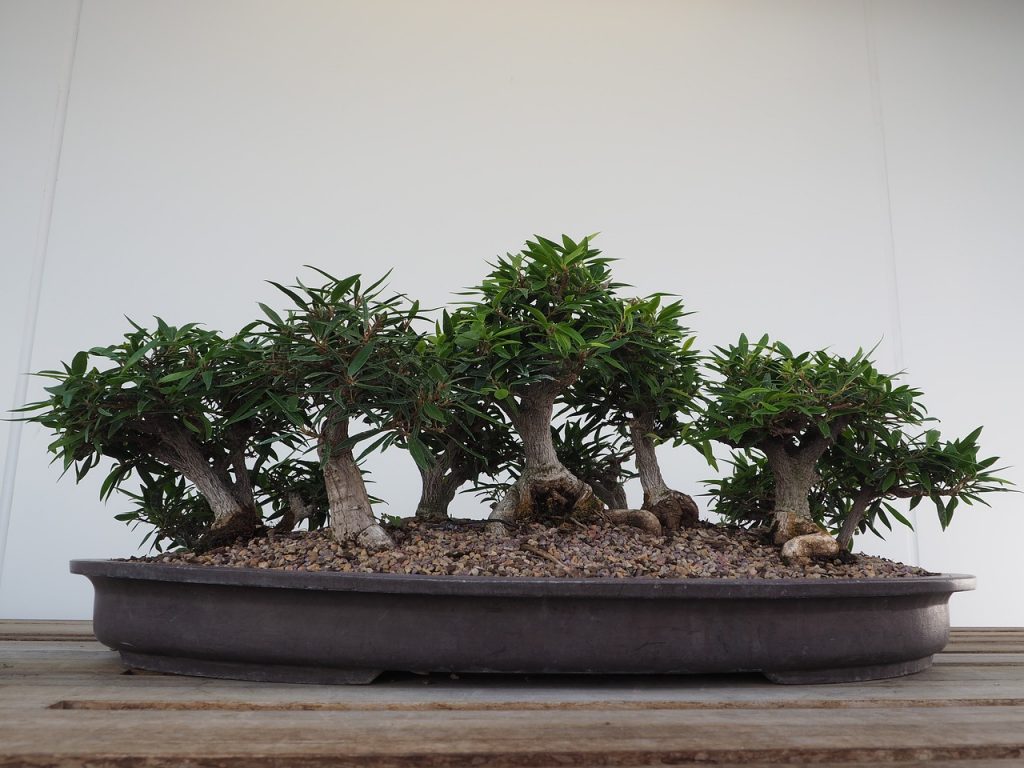
Bonsai Care
Don’t let your plant be trapped in darkness. It should be in an area that is as bright as possible during the day. But he should not be exposed to the sun all day. Like all living room plants, it should not be exposed to airflow and air conditioning. Environments colder than 12-13 degrees create an atmosphere that is not easy to live in for it. It should not be exposed to the sun all day. The sunlight he wants is enough for morning or afternoon. It doesn’t have to be in a bright and bright environment all day. For example, the kitchen is a very suitable environment.
How to water?
Your Miniature tree should neither be watered too much nor should it be left without enough water to dry. If it is watered too much, the roots will rot and the dehydrated plant will dry and die. Touch the soil to check its moisture. Irrigate gradually until the soil is completely absorbed. Irrigate every other day in hot weather and every 3 days in winter. When watering in summer; Leave some water in the plate you have placed so your plant can draw the water it needs from the plate. Make sure the soil is moist all over. When watering, make sure that the soil is completely wet and that there is no dry area. Do not forget to water the leaves too, you can water them with the shower technique. Then dry the leaves so that it acts as a lens and does not damage the leaves.
How to feed?
Feed it 4 times a year with vitamins. For your plant, it will be healthier if you add vitamins to its water at the beginning of each season. Prune in transition seasons. Although there are no suitable seasons for summer and winter pruning, it is recommended that you prefer spring. If you prune the lowest branches, the root and trunk of your plant can take shape more easily. Change soil every 2-3 years. Like all plants, bonsai cannot always stay in the same soil. This prevents him from feeding. Make sure the soil is completely dry when repotting. Thus, the roots are not damaged during the re-potting. The time of the defoliation is important. If it started to shed leaves before autumn, it means that it wants a pot change.

